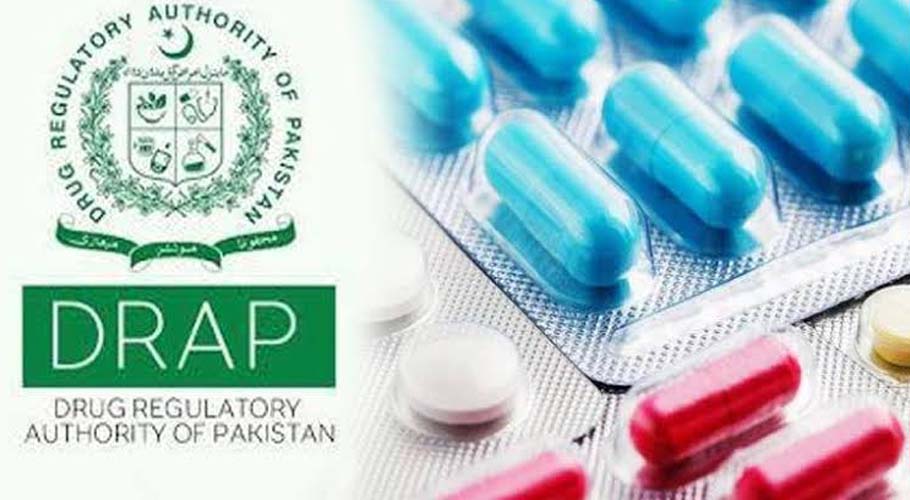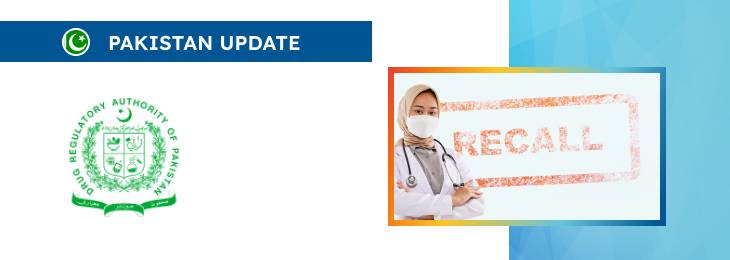The new article provides an overview of the critical responsibilities of the parties involved in recalls associated with therapeutic products, as well as additional communication details to ensure the vitally important safety information is duly delivered to the affected parties.

Table of content
The Drug Regulatory Authority of Pakistan (DRAP), the country’s regulatory agency in healthcare products, has published a guidance document dedicated to recall procedures to be followed concerning healthcare products placed on the country’s market.
The document provides an overview of the applicable regulatory requirements, as well as additional clarifications and recommendations to be considered by medical device manufacturers and other parties involved to ensure compliance with it.
The authority also reserves the right to make changes to the document and recommendations provided therein, should such changes be reasonably necessary to reflect corresponding amendments to the underlying legislation.
Recall Communication Strategies: Key Points
First of all, the authority mentions the utmost importance of developing and implementing effective measures for recalling defective products, emphasizing the significance of proper communication and compliance with the relevant procedures.
Licensees and the DRAP actively participate, employing multifaceted strategies to ensure consumer safety and maintain regulatory compliance.

Communication Approaches for Recall Alerts
As mentioned before, effective communication is essential for quickly removing defective products. DRAP and licensees issue recall letters and notices, with DRAP exclusively issuing “Caution in Use” notices and licensees disseminating press releases.
These methods ensure that the recall message reaches the targeted audience, including healthcare professionals, the public, and entities within the supply chain.
Recall Letters: A Primary Tool
According to the guidance, recall letters are the cornerstone of communication between licensees, distribution networks, and healthcare entities.
These letters, detailed and on official letterhead, outline the recall’s rationale, product identification details, and immediate cessation directives.
Whether issued due to statutory requirements or voluntary actions, recall letters are dispatched electronically or post, ensuring comprehensive outreach.
Press Releases for Public Awareness
Licensees are responsible for issuing press releases, particularly for Class I and II hazard categorizations.
This approach intends to secure broader public engagement, ensuring the recall information is widely disseminated and accessible.
Progress Monitoring and Evaluation
The document also outlines the key responsibilities of the parties participating in recalls associated with healthcare products marketed in Pakistan.
The Licensee’s Role and Responsibilities
The licensee’s sphere of responsibility covers the development and execution of an effective recall strategy, including comprehensive record-keeping of manufacturing, distribution, and consumer feedback.
The relevant documentation becomes vitally important in the recall process and serves as evidence of compliance and due diligence.
The authority also mentions mock recalls for system effectiveness. According to the document, licensees are required to conduct mock recalls to evaluate the recall system’s efficiency, ensuring traceability and responsiveness within their distribution channels.
Such exercises are critical for identifying potential bottlenecks and improving the recall mechanism.
Management’s Involvement in Recall Execution
Successfully implementing a recall strategy necessitates active management involvement, ranging from decision-making to overseeing the recall process, ensuring regulatory compliance, and managing the disposition of recalled stock.
Each management tier has defined responsibilities to facilitate a coordinated recall effort.
Recall Reconciliation Reports
Licensees must submit interim and final reports to the Action Group after the recall action.
These reports provide insights into the recall’s progress, the effectiveness of communication channels, and the response from the distribution network. The final report offers a conclusive overview of the recall, including the actions taken, the extent of product distribution, and the resolution of the recalled stock.
DRAP Oversight and Regulatory Role
By the relevant legislation, DRAP plays a crucial role in overseeing recall strategies, assessing health hazards, and ensuring that recalls are executed effectively.
Through public announcements and online postings, DRAP enhances the visibility of recall actions.
Additionally, DRAP’s involvement extends to regulatory actions against non-compliance and ineffective recall strategies, ensuring that recalls are not exploited for promotional advantages.
Conclusion
In summary, the document also emphasizes that a product recall entails a collaborative effort between licensees and regulatory bodies, based on comprehensive communication strategies and diligent progress monitoring.
The outlined framework ensures the protection of consumer health, as well as compliance with regulatory standards.
How Can RegDesk Help?
RegDesk is a holistic Regulatory Information Management System that provides medical device and pharma companies with regulatory intelligence for over 120 markets worldwide. It can help you prepare and publish global applications, manage standards, run change assessments, and obtain real-time alerts on regulatory changes through a centralized platform. Our clients also have access to our network of over 4000 compliance experts worldwide to obtain verification on critical questions. Global expansion has never been this simple.

